Summary
University of Reading is hosting a guest talk by Matthew Deeprose on "What is alternative text? How do I write it for images, charts, and graphs?" as part of the Global Accessibility Awareness Day Celebrations. Session will be held online Thursday 16 May 2024, 12:30-13:20. Register to attend on UoRLearn
Thursday 16 May 2024 is the 13th Global Accessibility Awareness Day (GAAD). The purpose of GAAD is to raise awareness about digital accessibility. This year we are organising some exciting events to celebrate GAAD at the University. This notice is about the guest talk we are organising.
What is alternative text? How do I write it for images, charts, and graphs?
This year we are organising a guest talk on making images accessible. The talk is titled “What is alternative text? How do I write it for images, charts, and graphs?”. Our guest is Matthew Deeprose, Accessible Solutions Architect at the University of Southampton. Matt has been working in Higher Education IT for more than 20 years. Since 2018, he has been learning about accessibility, finding opportunities to put the principles into practice, and looking for ways to share what he learns with others. Matt is co-chair of the International Ally User Group and is a member of the UCISA (Universities and Colleges Information Systems Association) Diversity Task Force. You can find out more about Matt and the work he is doing on his website.
When?
Thursday 16 May 2024, 12:30-13:20
Register to attend on UoRLearn
Synopsis
What is meant by alternative text? Who is it useful for? What strategies can we use for writing it?
This session is aimed at anyone who creates digital content and wants to remove barriers that might prevent someone from getting the most out of it.
The session will cover:
- What is alternative text and who benefits when we write it?
- Where might you add alternative text?
- What to consider when writing alternative text.
- How much text do I need to write?
- What’s the difference between captions and alternative text?
Matt will demonstrate these techniques using six worked examples starting with images you might find in a university brochure and progressing through more complex images such as graphs, Venn diagrams, and decision trees.
Whether you are an academic uploading a new resource to Blackboard, a member of professional services publishing a new digital brochure, if you use images this session will be useful to you!
If you have any questions about digital accessibility contact the Web Accessibility Team

